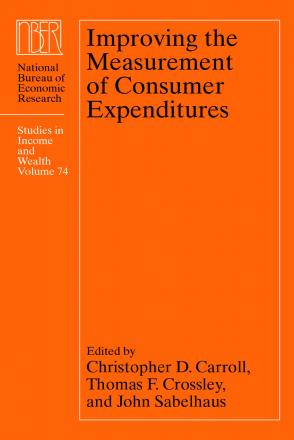The Evolution of Income, Consumption, and Leisure Inequality in the United States, 1980–2010

Recent research has documented that income inequality in the United States has increased dramatically over the prior three decades. Some argue this increase was matched by an equally large increase in consumption inequality. Studies of this question have used data from the Consumer Expenditure (CE) Survey, and some have suggested that the increase in consumption inequality has been modest. There is mounting evidence that the CE is plagued by serious non-classical measurement error, which hinders definitive conclusions about changes in consumption inequality. We use different techniques to overcome these measurement error problems. First, we use data from the diary component of the CE, focusing on categories where measurement error has been less problematic. Second, we explore inequality measures within the CE using the value of vehicles owned, a component that is measured well. Third, we try to account directly for the non-classical measurement error by comparing the spending on luxuries (entertainment) relative to necessities (food). Finally, we use expenditure data from the Panel Study of Income Dynamics to explore the dynamics of alternative measures of consumption inequality. We find that consumption inequality within the U.S. between 1980 and 2010 has increased by nearly the same amount as income inequality.
-
-
Copy CitationOrazio Attanasio, Erik Hurst, and Luigi Pistaferri, Improving the Measurement of Consumer Expenditures (University of Chicago Press, 2014), chap. 4, https://www.nber.org/books-and-chapters/improving-measurement-consumer-expenditures/evolution-income-consumption-and-leisure-inequality-united-states-1980-2010.Download Citation


